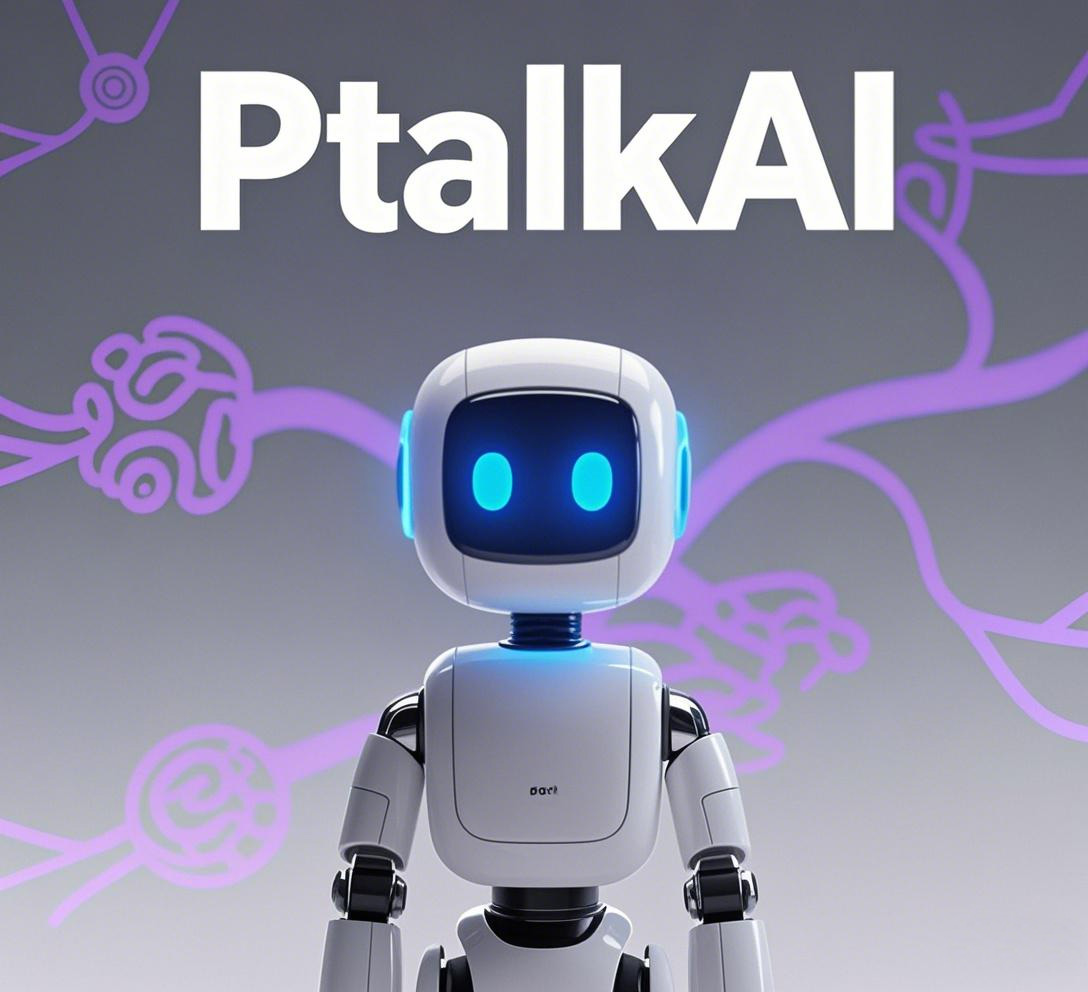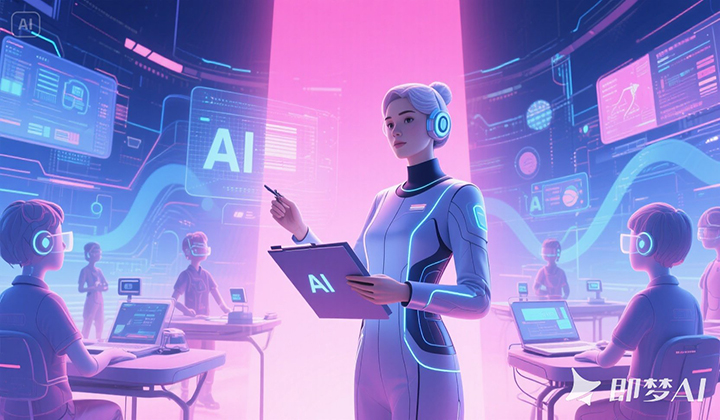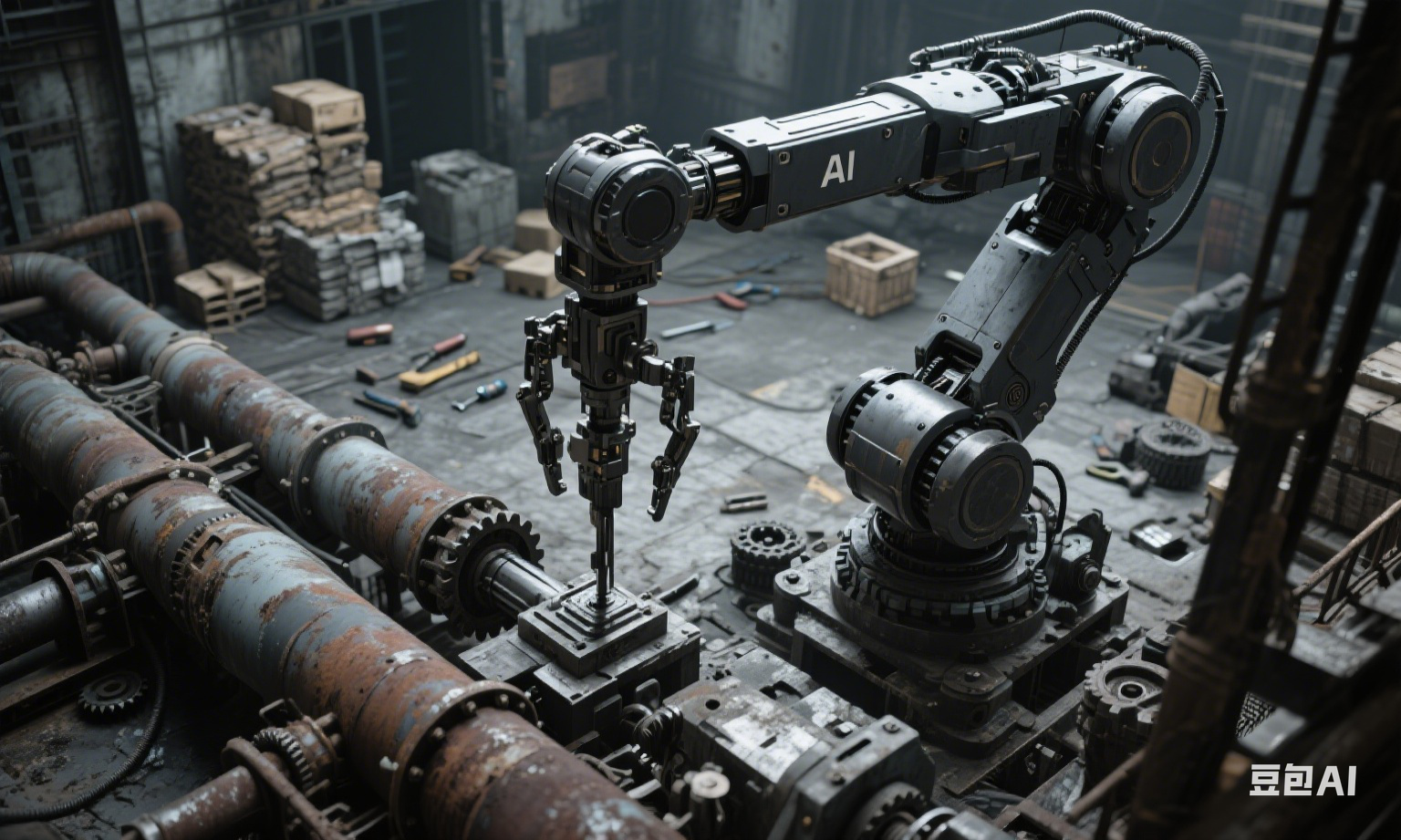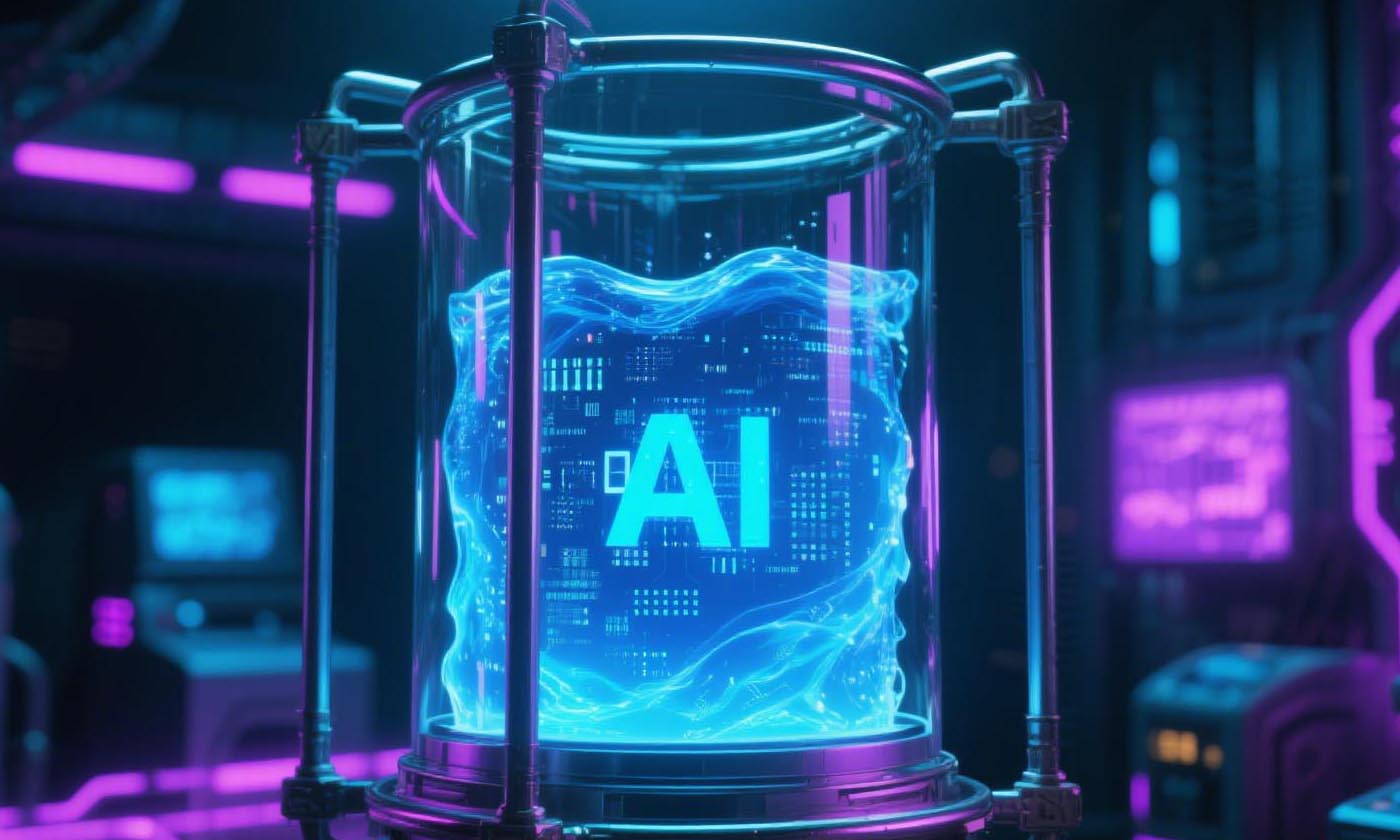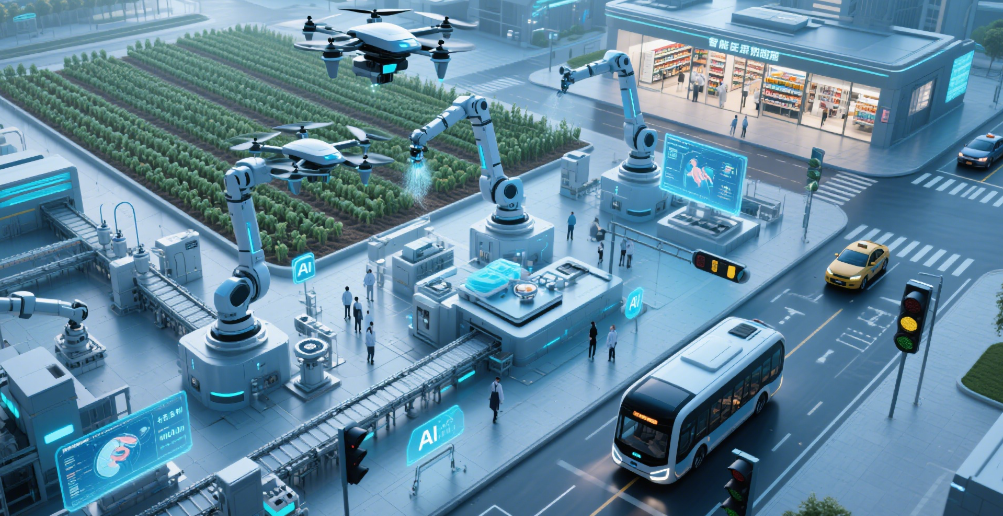The Convergence of AI and Computer Application Technology
观棋 2025-06-13
In the digital age, the convergence of Artificial Intelligence (AI) and computer application technology has emerged as a transformative force, reshaping the way we live, work, and interact with the world. This integration not only enhances the capabilities of traditional computer applications but also unlocks new possibilities across various industries, driving innovation and efficiency to unprecedented levels.
The Convergence of AI and Computer Application Technology
In the digital age, the convergence of Artificial Intelligence (AI) and computer application technology has emerged as a transformative force, reshaping the way we live, work, and interact with the world. This integration not only enhances the capabilities of traditional computer applications but also unlocks new possibilities across various industries, driving innovation and efficiency to unprecedented levels.
AI, a field focused on creating intelligent machines that can mimic human cognitive functions, has found a fertile ground within computer application technology. Machine learning, a subset of AI, is at the heart of this synergy. It enables computer applications to analyze vast amounts of data, identify patterns, and make predictions or decisions without explicit programming. For instance, in data analytics, AI-powered algorithms can sift through terabytes of information from multiple sources, such as customer transactions, social media feeds, and sensor data. These algorithms can quickly detect trends, anomalies, and correlations that would be nearly impossible for humans to identify manually, providing valuable insights for businesses to optimize their operations, target customers effectively, and gain a competitive edge in the market.
The healthcare industry has witnessed significant advancements through the integration of AI and computer application technology. Medical imaging applications, for example, now leverage AI algorithms to assist radiologists in diagnosing diseases more accurately and efficiently. AI can analyze X-rays, MRIs, and CT scans, highlighting potential areas of concern and even predicting the progression of certain conditions. This not only speeds up the diagnostic process but also improves patient outcomes by enabling earlier detection and more personalized treatment plans. Additionally, AI-driven chatbots and virtual assistants are being used in healthcare to answer patient queries, provide health advice, and manage appointments, enhancing the overall patient experience and reducing the burden on healthcare providers.
In the realm of education, AI is revolutionizing computer applications to create more personalized and engaging learning experiences. Adaptive learning platforms use AI algorithms to assess students' knowledge levels, learning styles, and progress. Based on this analysis, these platforms can customize learning materials, adjust the difficulty of exercises, and provide targeted feedback to each student. This individualized approach helps students learn at their own pace, fills in knowledge gaps more effectively, and increases their motivation and engagement in the learning process. Moreover, AI-powered educational tools can analyze teaching methods and student performance data to offer insights to educators, enabling them to improve their instructional strategies and enhance the quality of education.
The transportation sector also benefits greatly from the combination of AI and computer application technology. Self-driving cars, a prime example, rely on a complex interplay of AI algorithms, sensors, and computer systems. AI enables vehicles to perceive their surroundings, make decisions in real-time, and navigate safely on the roads. These autonomous vehicles have the potential to reduce traffic accidents caused by human error, improve traffic flow, and provide greater mobility options for people who are unable to drive. Additionally, AI is used in logistics and supply chain management applications to optimize routes, predict delivery times, and manage inventory levels, reducing costs and improving the efficiency of the entire transportation and distribution network.
However, the convergence of AI and computer application technology also presents several challenges. One of the major concerns is data privacy and security. As AI systems rely on large volumes of data to function effectively, ensuring the protection of sensitive information becomes crucial. There is a risk of data breaches, unauthorized access, and misuse of data, which can have serious consequences for individuals, businesses, and society as a whole. Moreover, issues related to algorithmic bias and transparency also arise. AI algorithms are only as unbiased as the data they are trained on, and if the training data contains biases, the resulting AI systems may make unfair or discriminatory decisions. Transparency is also a key issue, as it can be difficult to understand how some complex AI algorithms arrive at their decisions, raising questions about accountability and trust.
Looking ahead, the future of the convergence of AI and computer application technology is promising. With continuous advancements in AI research, such as the development of more sophisticated deep learning models and the emergence of quantum computing, computer applications will become even more intelligent and powerful. We can expect to see further integration in emerging fields like smart cities, where AI will be used to manage urban infrastructure, energy consumption, and public services more efficiently. In the field of cybersecurity, AI-driven applications will play a vital role in detecting and preventing cyber threats in real-time. Additionally, efforts will be made to address the existing challenges, with a focus on developing stronger data protection measures, improving algorithmic fairness, and increasing the transparency of AI systems.
In conclusion, the convergence of AI and computer application technology is a dynamic and rapidly evolving field that holds immense potential for the future. While it brings about numerous benefits and opportunities across various sectors, it also requires careful consideration of the associated challenges. By addressing these issues and harnessing the power of this convergence, we can create a more intelligent, efficient, and sustainable world.






